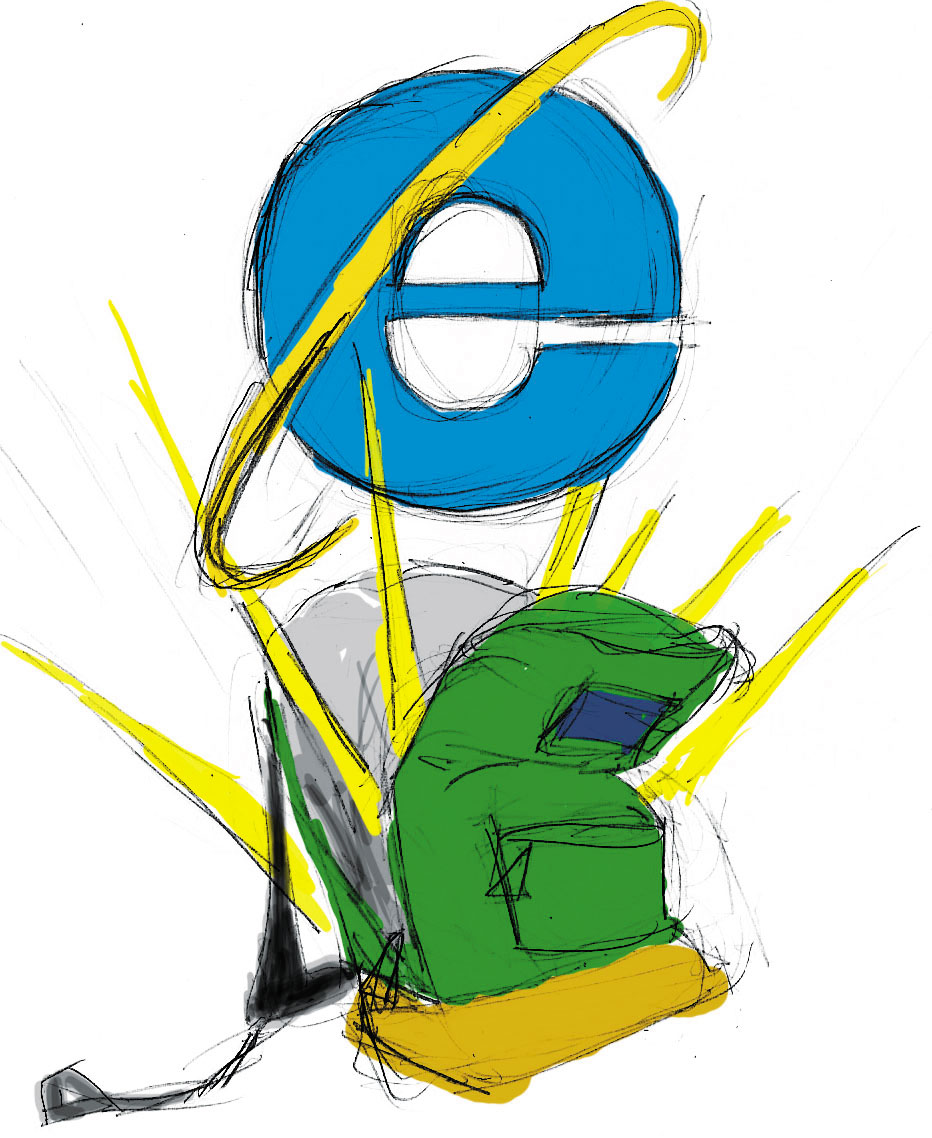Digital textbooks offer a long-term solution

By Lina Chung
Aug. 16, 2009 10:17 p.m.
Last month, the California state budget closed a $24-billion gap, which slashed funding for new textbooks. The Board of Education won’t approve new books for kindergarten through eighth grade until at least January 2016, and budget restraints have forced school districts, such as the Los Angeles Unified School District, to halt orders for new high school textbooks.
While these dark financial times could equal educational doom for California’s elementary, middle and high schools, it’s an extremely appropriate time for the Board of Education to invest in computer and Internet technologies as a replacement, or supplement, to traditional textbooks.
Earlier this year, Gov. Arnold Schwarzenegger launched an initiative to encourage publishers to submit free sample digital textbooks to be available statewide. Secretary Glen Thomas announced that 10 free digital high school math and science textbooks were ready to be used in California classrooms.
These textbooks have drawn criticism. School districts complain that digital textbooks haven’t met educational standards, and others have found that infrastructure costs, such as building computer classrooms and teacher training expenses will end up costing the state more money than originally imagined.
But the issue of costs associated with digital textbook use is something the state should currently overlook in order to reap long-term benefits.
The state’s top educators criticized the recent budget cuts, pointing out how traditional-format textbooks will be lacking essential up-to-date information, such as President Obama’s victory in 2008 and recent developments in stem cell research.
“We need modern, state-of-the-art textbooks, not outdated, antiquated textbooks,” said State Superintendent of Public Instruction Jack O’Connell to the Los Angeles Times. “It could be close to a generation before we see new textbooks.”
Despite the initial financial strain of utilizing the Internet as a classroom resource, digital technologies are a long-term investment and solution for textbook-dependent school districts. For example, if a student does not have reliable access to a computer or Internet, a teacher could print out sections from a digital textbook for a fraction of the price of a new textbook.
The problem of digital textbook content is one that can be easily solved: If publishers are given clear guidelines before or during the digital publishing process, California students can be provided with up-to-par educational materials.
If teachers are concerned about students receiving information on recent events, such as this year’s swine flu outbreak or the 2008 Presidential Elections, then they should turn to credible online news sources, which often provide extremely detailed and comprehensive information. Additionally, news sources often allow students to study different viewpoints on a single issue, which they could not do with even the glossiest and newest textbooks in the market.
“The majority of what changes (in new textbooks) is the look of the textbook, the colors used, the visuals and perhaps some activities they recommend,” said Nader Twal, a former English teacher who now oversees Long Beach’s small learning communities, to the Los Angeles Times. “Personally, I’m fine not adopting textbooks every year, every five years, unless there is some huge uprising.”
Making the switch from textbooks to digital media will not only lessen the financial burden on California school districts, but it will also provide a future advantage for college-bound students.
As students at UCLA are well aware, most research projects require a student to independently access online and digital information archives, such as JSTOR, as a supplement to information found in traditional-format textbooks.
Thus, UCLA freshmen courses often provide introduction to UCLA’s computer classrooms, as well as step-by-step instruction on how to utilize digital archives and the library’s online article databases.
If California students are introduced to digital databases at a young age, they will have an easier time transitioning into the California college system. And perhaps one day the need for these freshmen introductory courses to digital media will be obsolete, allowing precious class time to be spent on bigger projects.
State educators and policy-makers up in Sacramento shouldn’t focus so much on the loss of paper-based textbooks in these dark economic times.
Innovation is key: Investing in computer classrooms, which provide access to digital textbooks and Internet resources, will provide a unique opportunity to help California schools bypass the slump in today’s grim financial conditions.
California’s students deserve up-to-date information in the most modern format possible. Digital media may be initially costly but will allow college-bound students the long-term educational advantage.
E-mail Chung at [email protected]. Send general comments to [email protected].


